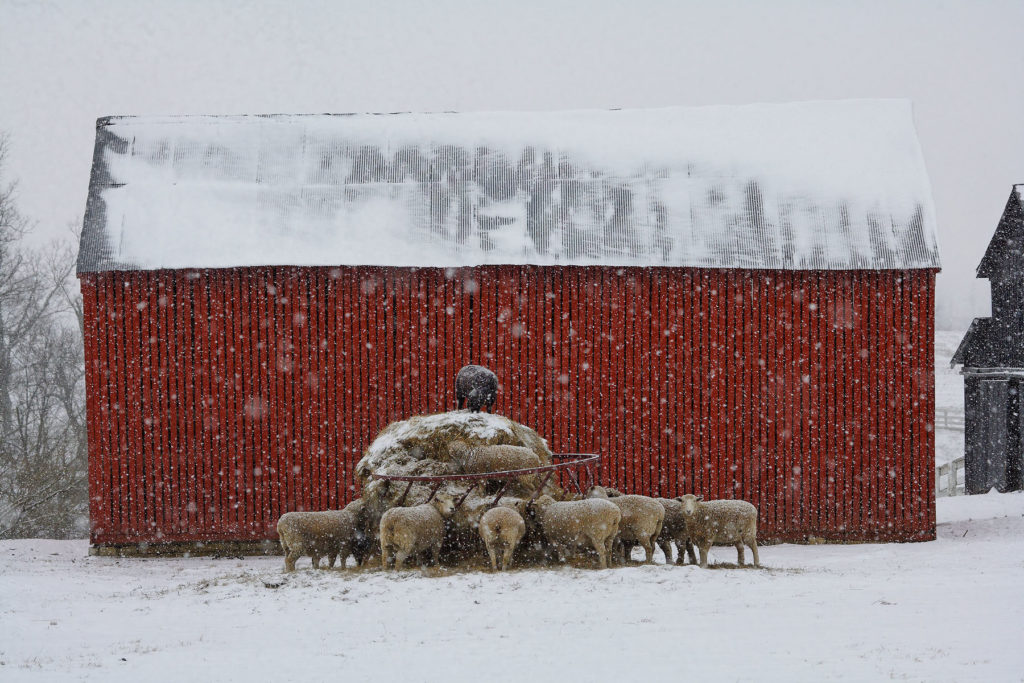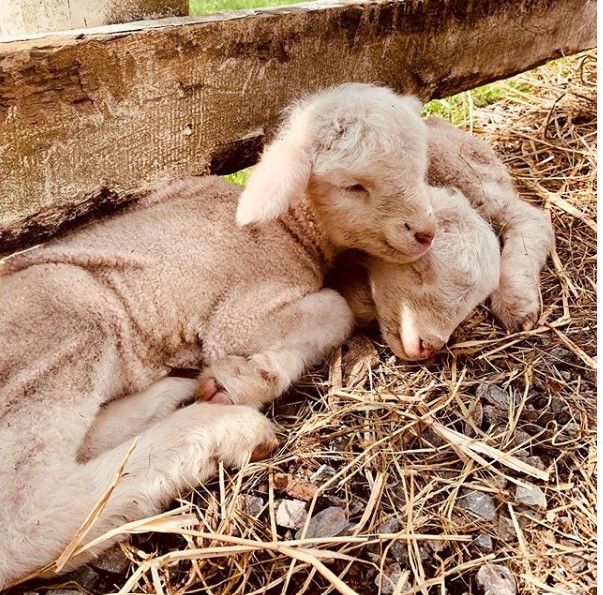Michael Moore, Farm Manager
One of the most exciting times of the year is upon us and it’s shaping up to be a big one (or little one) – lambing season. Winter is usually considered a slow time for a farm, but for a farmer it’s just a busy as any other time. A lot of planning and forward thinking occurs during the winter months. We’re thinking about what to plant and the schedules involved for a successful season, and lambing is no exception.

Every year we breed our ewes in the fall, sheep only have a gestation period of five months, so we expect lambs to arrive beginning in late February through the end of March. But, before the new lambs arrive there are some key things we must accomplish to ensure a successful lambing season.
Lambing Season Prep Checklist:
- Ensure all of our areas are clean and ready for lambs and moms.
- During the last six weeks we increase the mothers nutrition intake to assure she is healthy and ready to take on the new lambs (Yes, lambs! Sheep usually have twins).
- Crutching the ewes, which is the process of shearing the tail end of the ewe, to ensure that she stays nice and clean through the birthing process.
- We make sure all of our supplies are in order, such as milk replacers, baby bottles, vaccinations and heat lamps in case the new lamb or mom has any issues.
- Most importantly, we are on a vigilant watch. Lambing can occur at any moment and any time of day. Long days and even nights are part of the process so that we can be there to help mom through every step if required.

This year we have 25 ewes expecting lambs and this flock can birth as much as 150% or more of their current numbers, so we are expecting upwards of 35 to 40 new lambs. We can’t wait to introduce each of them to you this spring!